My husband and I like to look through our local farm listings to find tools or animals for the homestead. It gives us the chance to make friends, learn information about our area, and acquire stock that is more acclimated to our Ozark home.
The last time we were scrolling through the pages of tractors, free roosters, and bales of hay, I glanced at what seemed to me a monster of a goat. Not in a scary way per say, but certainly not the gentle, graceful shape of the Saanen, the hilarious barrel-with-legs of the American Pygmy, or the perky, adorable pose of a Nigerian Dwarf.
“Is that a goat or a bull masquerading as one?” I joked, and clicked on the listing.
Indeed, it was a goat, a full-blooded Boer buck with massive neck muscles half-hidden beneath a manly beard, a chest like a body-builder, and a stance that seemed to say “Run while you still can.”
Maybe you’ve also been impressed by these giant meat Boer goats while strolling through a county fair, or you’ve enjoyed them more viscerally in a spicy curry. Either way, Boers aren’t easily forgotten. If you have the space for them, these buff caprines can be a fantastic way to secure a source of meat for your homestead and even a little side income.
Related Post: Raising Angora Goats for Soft and Sustainable Mohair Fiber
Goats are sometimes called the poor man’s cow since they can subsist on far less feed and space than a cow, but after you’ve been able to harvest a freezer full of meat from your fields, you’ll hardly feel impoverished. Let’s delve into the breed and find out if raising Boer goats on your homestead is the right fit for you.
Boer Goat Description And Characteristics
Boer goats are the main meat goat raised in the United States, but this isn’t their birthplace. They’ve only been in the country since the early 1990s. Someone with a linguistic bent may be able to detect the Afrikaans name (it translates to the word farmer) and correctly infer that these burly goats originally hail from South Africa. Before the breed was developed in the 1900s, most goat meat was taken from unwanted dairy bucks, feral goats, or Spanish breeds, but once the fast-growing Boer goats hit the market, they took it over.
The typical Boer head displays a Roman nose, slightly curled horns, and long, hanging ears. A purebred Boer is typically white with a characteristic reddish-brown head, though they can also be all-brown, all-white, or display large spots of some other color (this is termed “paint”).
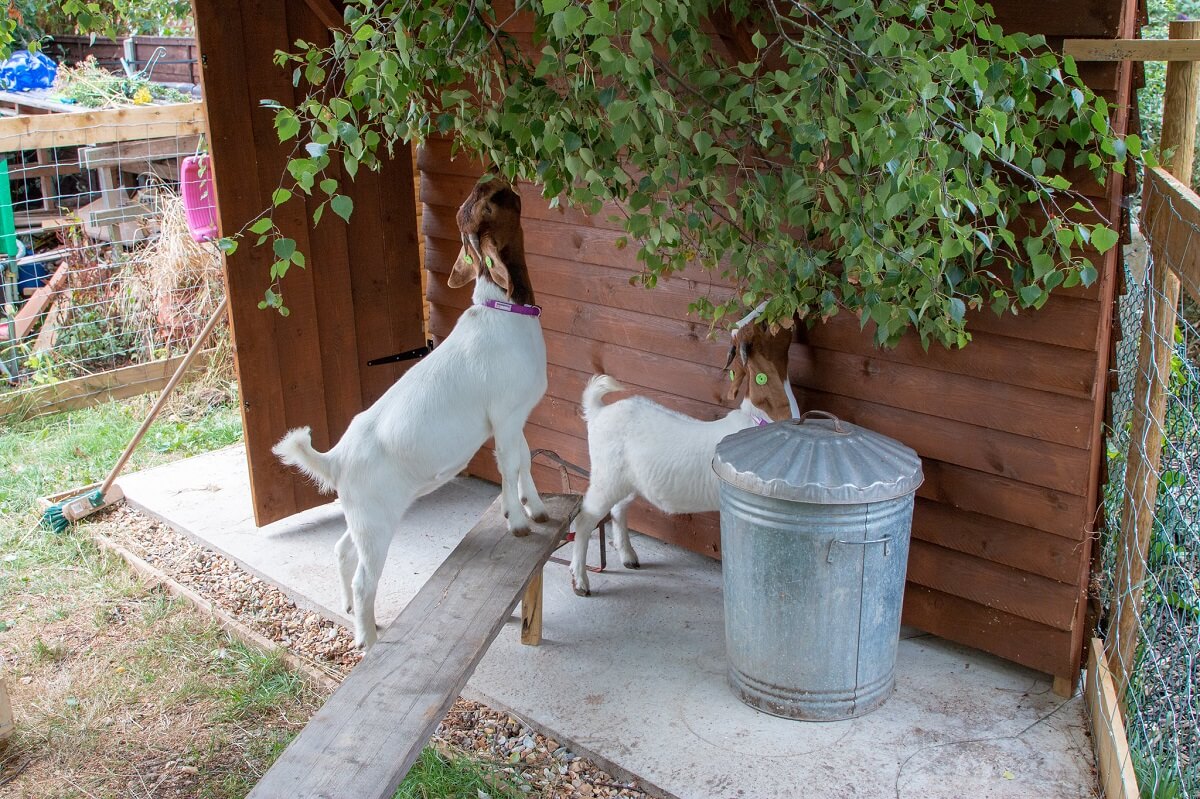
Goats used for exhibition or for commercial breeding are usually selected to be as big and fast-growing as possible, making their bloodlines command top dollar. Depending on those bloodlines — which vary widely — they can reach up to 230 pounds (and some bucks up to a whopping 340 pounds).
Due to their desirable growth traits, Boers are often crossed with other goat breeds to make meaty offspring. As a result, there are many cross-bred animals that you may find during your search for the perfect goat. The Boer you can acquire from your local farm listings will be a good contribution to your herd, but probably won’t achieve the extremes of weight or growth that the most prized strains do.
Related Post: Raising Goats
The does are known for being highly fertile, excellent mothers, and they typically produce twins. They can be bred at any point throughout the year which makes for a quick way to increase your herd population. In addition to their physical attributes, these goats are known for being docile and can be good as a pet.

If you are a small homestead, however, be aware that keeping your own buck is a big endeavor, and a Boer buck is BIG. If you’re not familiar with the sight of them, do a Google search and try not to get intimidated (I was). As docile as this breed can be, when an intact male gets it in his head that he wants to spend some quality time with a doe, he’ll do whatever it takes to get to her.
They can be aggressive and willful during their breeding season — not to mention quite stinky (they have a habit of peeing on themselves as a mating perfume). If you’re new to keeping goats, a hormone-crazed, 300-pound Boer buck may be a lot to handle.
Keeping Boer Goats For Meat
For many herders, the primary purpose for most Boer goats is to produce meat (and lots of it) in short order. Fast-growing and heavily muscled, raising Boer goats and their cross-bred offspring is a fantastic way to fill the freezer with some healthy, grass-fed, locally-harvested goodness.
If you can, try not to see these meat animals as steak alone. Using every part of it for some purpose — like tanning the hide and using the bones for stock and dog chews — will not only give you the best value for your animal, it will ensure their lives were used as well as possible.
And remember, all goats, regardless of breed, can offer your homestead valuable services beyond their muscles-as-meat. Goats are fabulous at trimming down overgrowth, converting scrub and weeds into easy-to-apply pellets of garden fertility, and just being an enjoyable creature to share your life.
If You Want Cheese, Choose A Different Breed
But let’s say you want more than just delicious kebabs and stews, and you have cheese on your mind as well. Boer does are probably not the best fit for that job. Though every doe can produce milk, Boer does come from genetic lines that have been carefully selected for meat production.
Related Post: How To Make Goat Cheese
As a result, they only produce enough milk to wean their babies — rather than all year production like a dairy goat — and may be difficult to milk if they developed with non-ideal teat formation. Of course, you may find a doe who is an exception, but don’t set yourself up for disappointment by expecting a Boer doe to be a dual-purpose animal.
Or, Crossbreed Your Goats
But don’t give up on your chevre dreams. If you are looking to supply the homestead with both milk and meat, consider this commonly used strategy: Keep Nubian does and breed them to a Boer buck, and you will accomplish both goals.
The Nubians will be able to produce their plentiful, delicious milk, the does will be big enough to have easy kidding with half-Boer offspring, and the resulting cross-bred kids will quickly put on the muscles of their sire’s breed. Lamancha does can also fill the same role well.
What You Need To Get Started Raising Boer Goats
Before any new animal is added to the homestead, you need to make sure the place is ready to welcome them. Never make the purchase of an animal — especially a big one like a Boer goat — as an impulse buy. Carefully plan and prepare so their homecoming is an exciting chapter, and not filled with stress, loss, or escapes.
Plan For At Least Two Goats
First off, plan to have at least two goats. Even if you intend to raise your animals for meat and don’t plan on having them around for very long, you need to remember these are herd animals. They won’t do well alone, and a lonely goat will be sure to make you aware of its unwanted solitude.
Install Proper Fencing
Second, make sure you have adequate fencing. Remember, these are big goats, and a fence will need to be at least 5 feet tall to keep them contained. I wrote a long article about goat fencing considerations here. Ensuring that your eager-to-test-boundaries herd is safely contained will keep you in good standing with your neighbors and make sure your goats don’t meet an untimely end on a road.
Build A Sturdy Shelter
Third, have a good shelter for your future roasts-on-the-hoof. Boers can handle a range of climates, but that’s when the sun is shining. Though they may somewhat resemble their ovine cousins, goats can’t tolerate storms like sheep can.
They’d much rather stay warm and dry under a roof and have some protection from winter winds. This is particularly important for when your does are kidding, as both the does and kids will be far more vulnerable to weather during that time.

Fourth, keep them safe from predators. Though Boers are big animals, they are still prey animals, and a wandering stray dog probably won’t think twice about trying to take down a free meal — especially around kidding season. Whether you go for electric fences or have a dedicated guardian animal, make sure there’s a way to keep your animals safe.
Also, remember to feed them well. That means, do not just turn them into a pasture and hope for the best. Goats are browsers like deer, not grazers like sheep and cows. For fast-growing breeds like the Boer, a good supply of nutritious food will ensure they grow healthy and strong. I wrote a longer article on goat feeding tips here: check it out!
Related Post: How To Rent Out Your Goats
There’s so much more to the Boer than these basics, however. I haven’t even touched on butchering — a huge topic that can’t fit in this article but is an inevitability if you’re raising goats for meat.

Thankfully, there are tons of resources out there. If you are interested in welcoming Boer goats onto your land, there are many groups dedicated to the breed that can give you the specific information you’ll need to manage your animals.
Additionally, if you’re looking to make a living raising Boers as part of the meat goat industry, there are tons more considerations to keep in mind beyond the scope of this article. Check out the following links to find more answers to the questions you’ll inevitably have, and have fun meeting other like-minded goat people. If you share life with a Boer, let us know about your herd in the comments below.








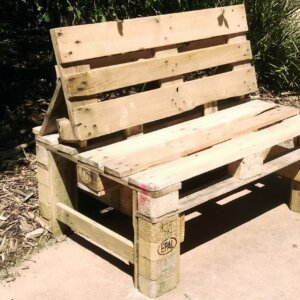












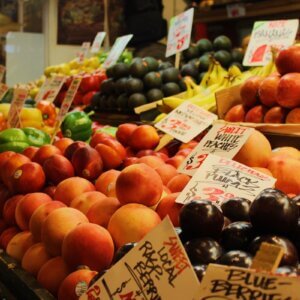
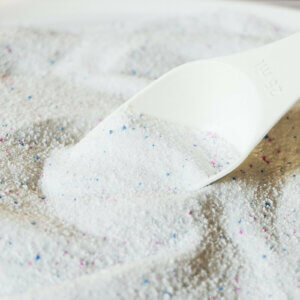










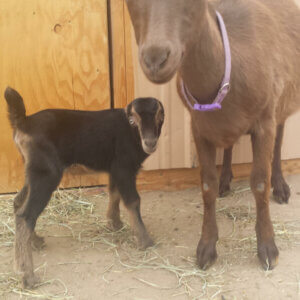





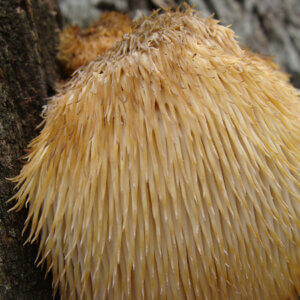


I’m in love with my Boers! I started out with 2 to clear underbrush, quit my career and got 20 more Boer goats! I now rent herds for property maintenance and I love it! ❤